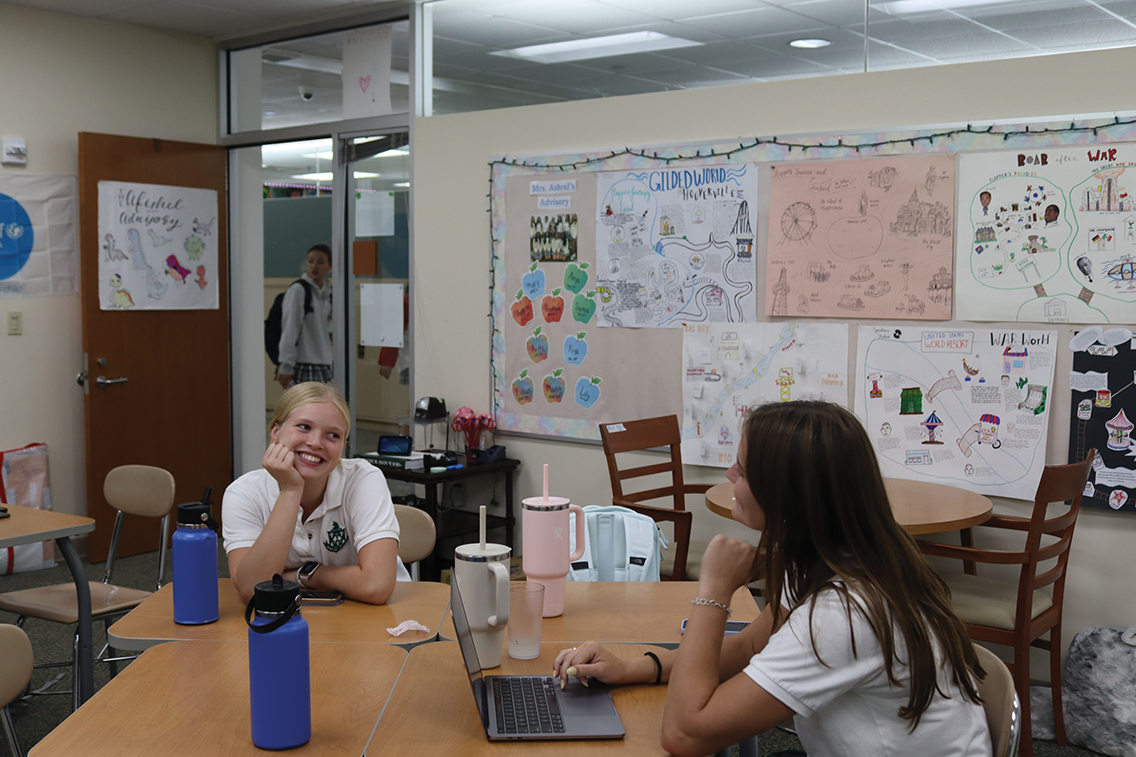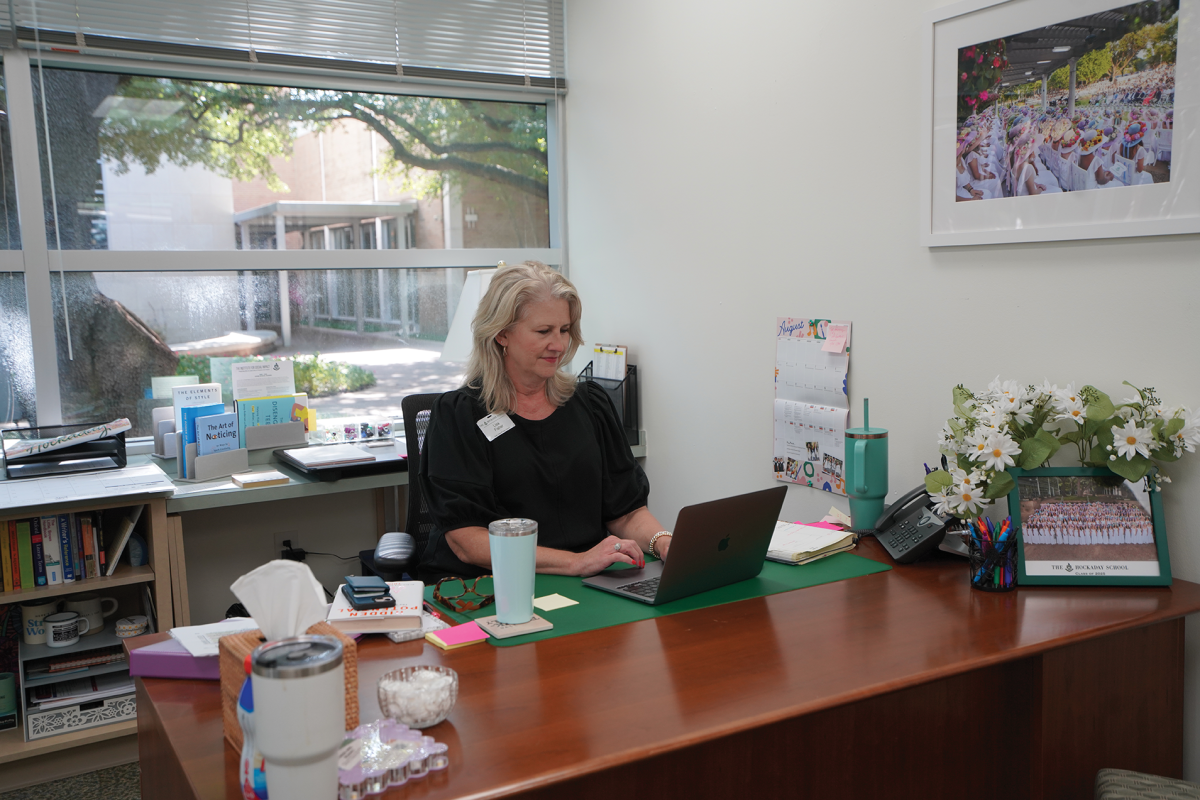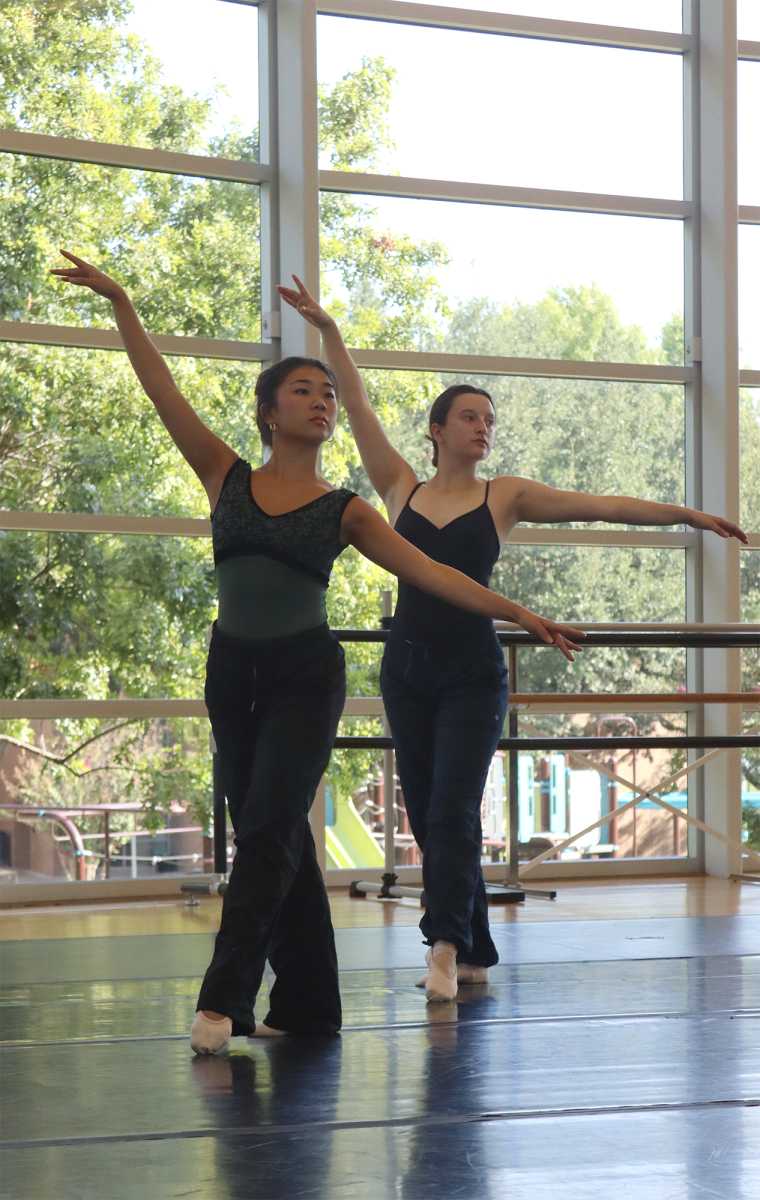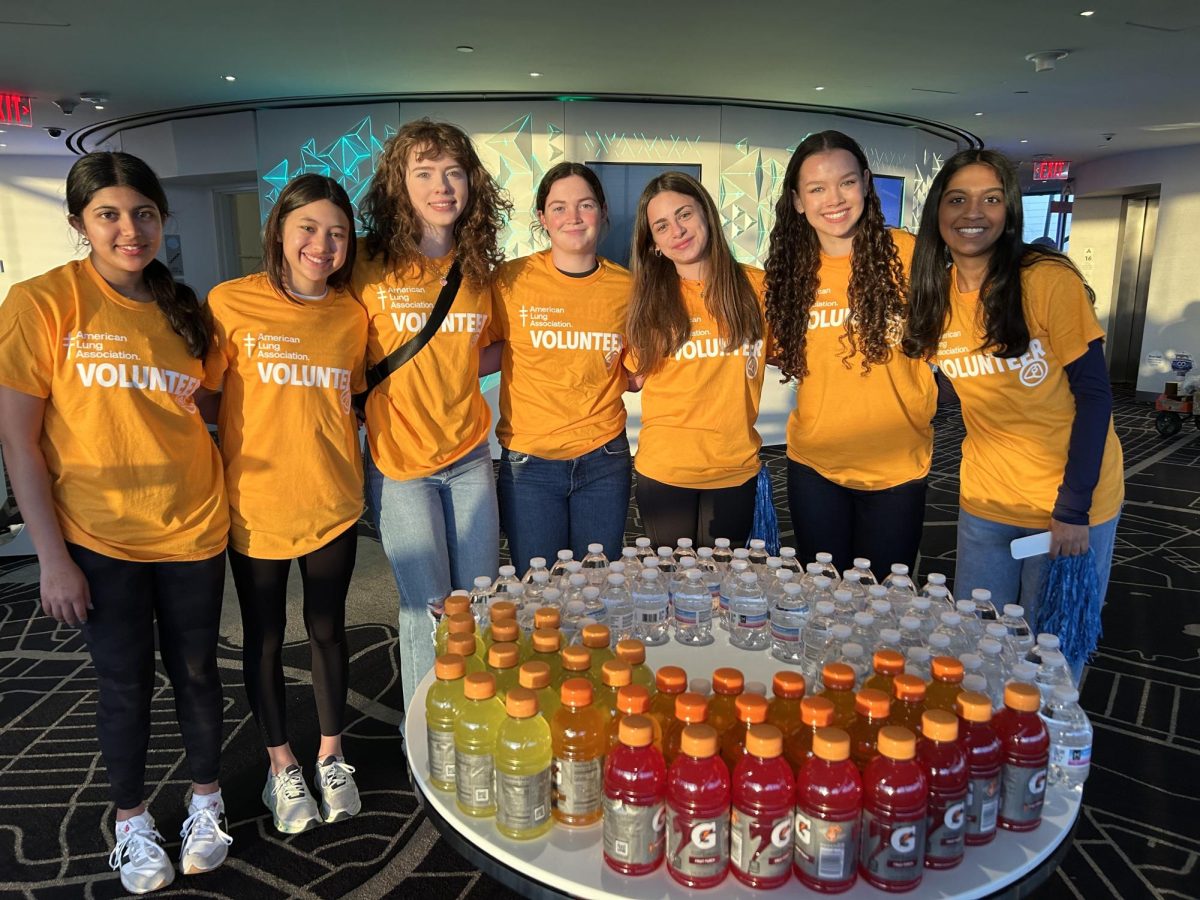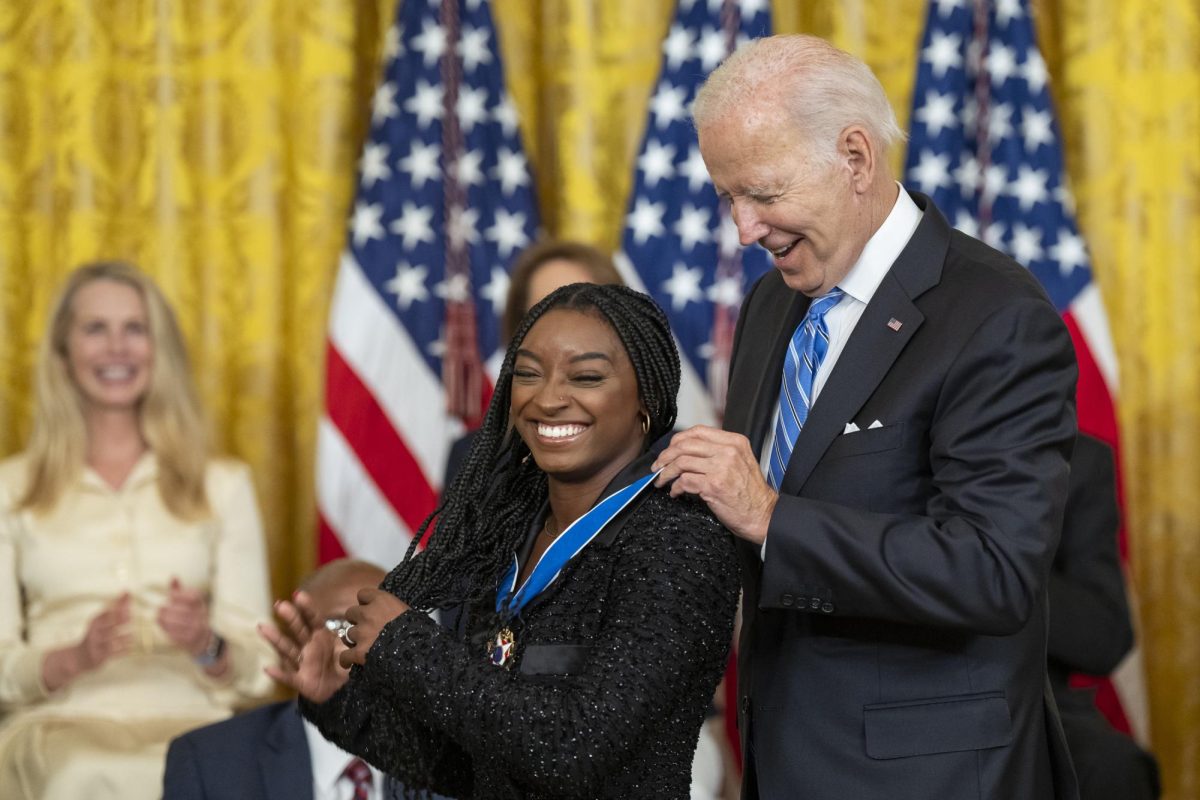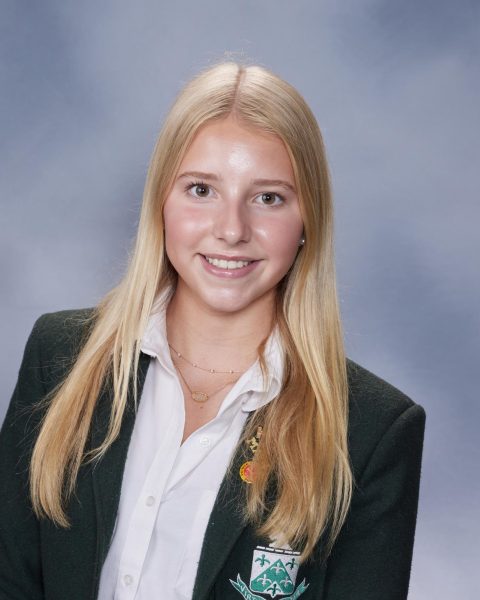The time of year has come when one of America’s most significant expressions of fashion, art and design rolls around to inspire spectators, highlight diverse cultures and push the limits of creativity.
The 2025 Met Gala, held at the Metropolitan Museum of Art in New York City, aimed to celebrate Black style and the history of Black dandyism. The exhibition of this esteemed event was entitled, “Superfine: Tailoring Black Style,” and the dress code for attendees was “Tailored for You.”
Black dandyism holds varying definitions based on separate periods of Black history. During the 18th century, Black servants in England were obliged to wear flashy collars of various metals to express their owners’ wealth. After the emancipation of slaves in America, Black Americans initiated the Harlem Renaissance in which they regained autonomy and began to explore fashion and art.
The general term of “dandyism” is used to describe a way of dressing, specifically regarding men, that involves a great deal of self-expression and an excellence in neat and tailored designs.
Monica L. Miller’s book, “Slaves to Fashion: Black Dandyism and the Styling of Black Diasporic Identity,” inspired this year’s spring exhibition. Designers and attendees of the annual gala took artistic and meaningful inspiration from Miller’s book along with the concept of Black dandyism as a whole.

Colman Domingo, one of the co-chairs of the Met Gala as well as an actor and playwright, received an abundance of high praise after his appearance on the Met Gala carpet in not one, but two separate Valentino looks.
His first look consisted of a blue pleated cape with an extravagant silver collar. This gorgeous look aimed to honor André Leon Talley, a former editor-at-large for Vogue magazine whom Anna Wintour, the current editor-in-chief of Vogue and lead organizer of the Met Gala, took inspiration from when designing the theme for this year’s gala.
Taking off his royal blue cape, Domingo revealed a second fan-favorite Valentino look, involving a black and white plaid jacket and a polka dot necktie and brooch. It is no secret that Domingo’s outfits nailed the theme and showcased a wonderful example of modern high fashion.
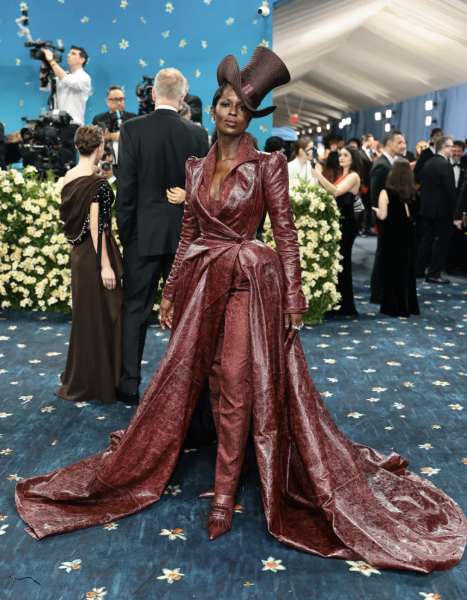
Another celebrity who aced the theme and wowed spectators was Jodie Turner-Smith who walked the carpet in a burgundy leather Burberry look. Turner-Smith took inspiration for her look from Selina Lazevski, a Black equestrian who lived in Paris during the Belle Époch era. Turner-Smith added a striking modern twist to her look by replacing traditional tailoring fabrics with a leather fabric possessing intricate floral detail.
This outstanding representation of Black history as well as modern fashion and design earned Turner-Smith recognition as one of Vanity Fair’s Met Gala theme winners.
One memorable attendee who contributed to this year’s immense amount of South Asian representation at the Met Gala was Natasha Poonawala, an Indian businesswoman and socialite.
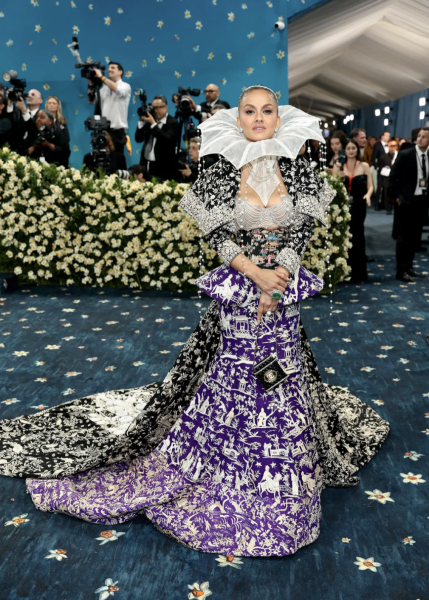
Poonawala starred a custom Manish Malhotra look that involved a gorgeous gown and cape embellished with Parsi gara embroidery and a sculpted skirt created from two vintage Parsi gara sarees. Poonawala certainly turned heads with this one-of-a-kind artistic look. Prabal Gurung, a Nepali American designer additionally represented South Asian designers at the gala by designing Shakira’s pink look.
As in most Met Galas, a few attendees, although their outfits remarkable, appeared to miss the mark entirely regarding following the theme.
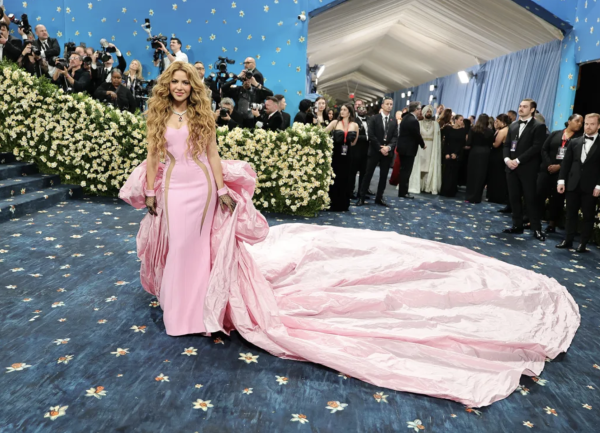
One of the celebrities who earned this classification in this year’s gala was Shakira who wore one of the carpet’s extremely few pastel looks this year. Featuring a pink and puffy Gurung dress, Shakira has revealed no apparent tie to the theme in any interviews when discussing her look.
Overall, common stylistic elements we saw on the Met Gala carpet this year include all kinds of variations of suits, dramatic outerwear and experimentation with different textures and materials.
This year’s gala served of great importance, for it was the first time the exhibition spotlighted exclusively Black designers, and through modern interpretations of the theme, attendees conveyed diverse stories and ideas to their audience.


